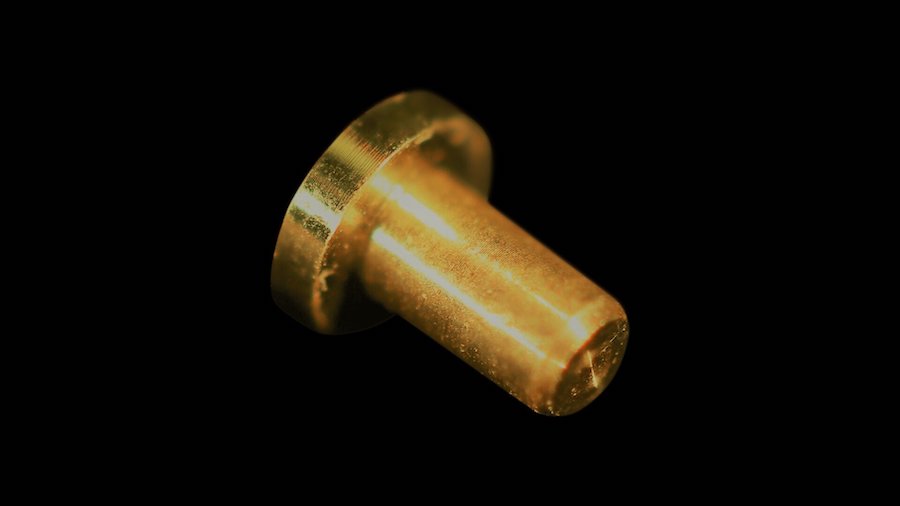Mining
Wednesday, August 10th, 2022 6:06 am EDT

The device is part of the materials being developed to withstand the highly-erosive individual oxygen atoms prevailing at the top of the atmosphere, the result of standard oxygen molecules of the same kind found just above the ground being broken apart by powerful ultraviolet radiation from the sun.
All missions that orbit less than about 1,000 kilometres above earth’s surface must be designed to resist atomic oxygen. To realistically simulate the low-earth orbit environment, the LEOX atomic oxygen facility generates atomic oxygen travelling at 7.8 km/s.
Atomic oxygen is not easy to generate on earth because it is very reactive. This means that the materials used to make the simulator must be as robust as the materials flown in space.
The sturdy gold pin is used to inject tiny pulses of oxygen gas molecules into a vacuum chamber, where the molecules are split into atoms using a powerful laser.
Pure gold, though expensive, is one of the few materials that can resist the combined impact of the laser and the highly erosive atomic oxygen, allowing the simulator to pulse millions of times during each test campaign.
The pins, however, do eventually erode and need to be replaced.
This post has been syndicated from a third-party source. View the original article here.



